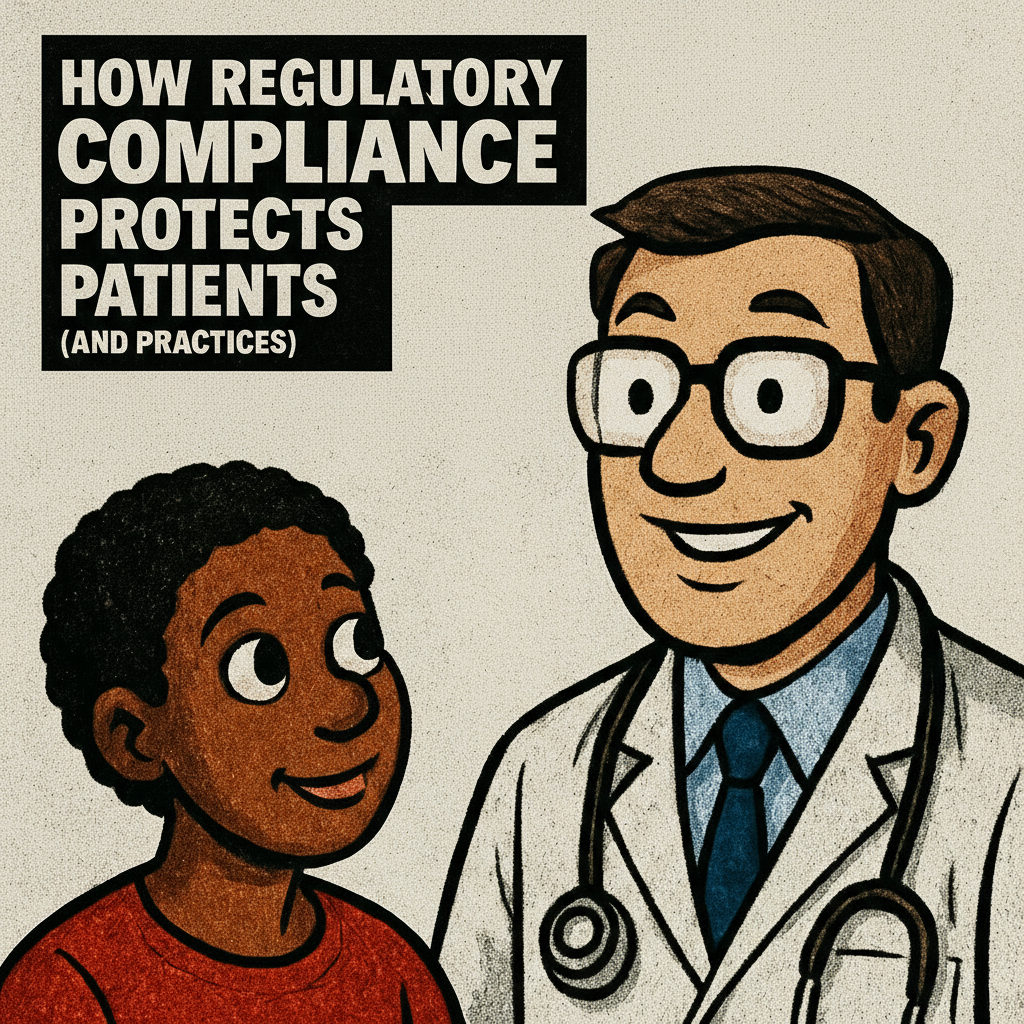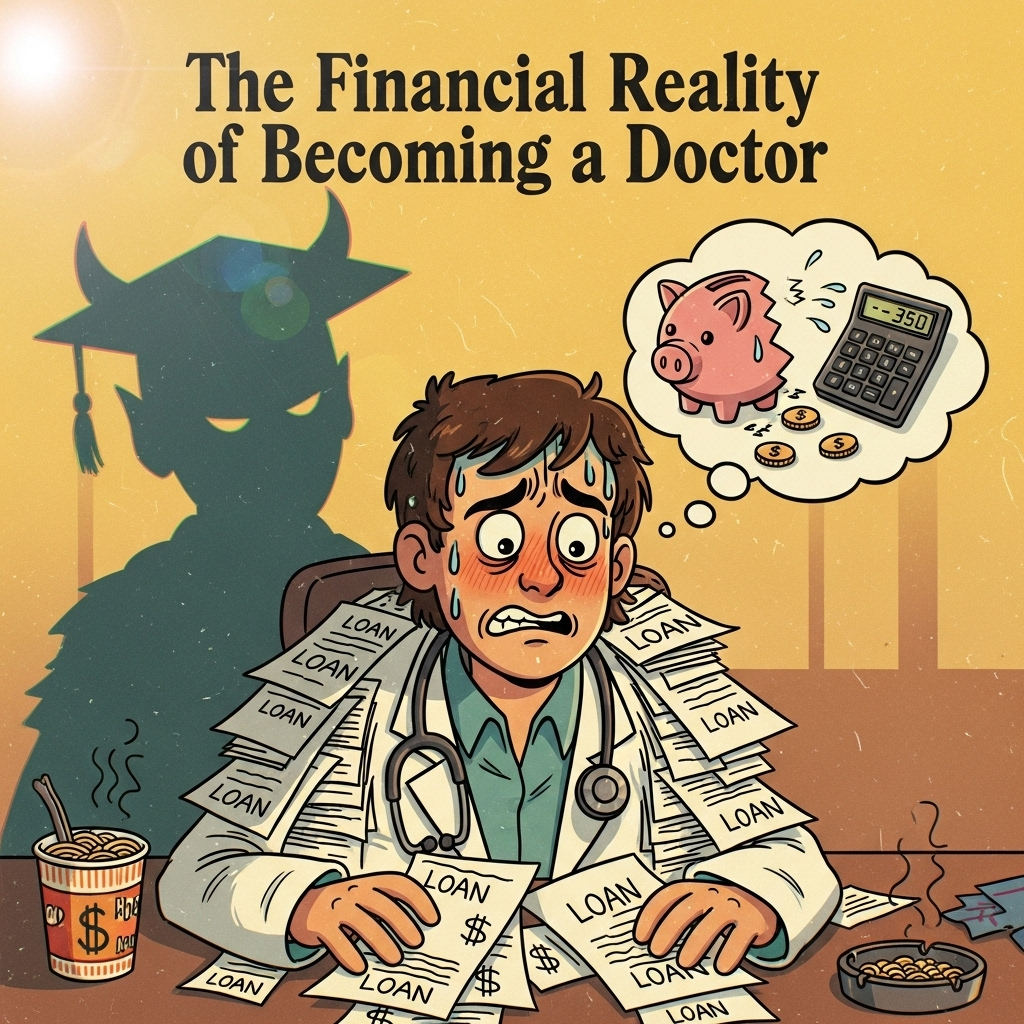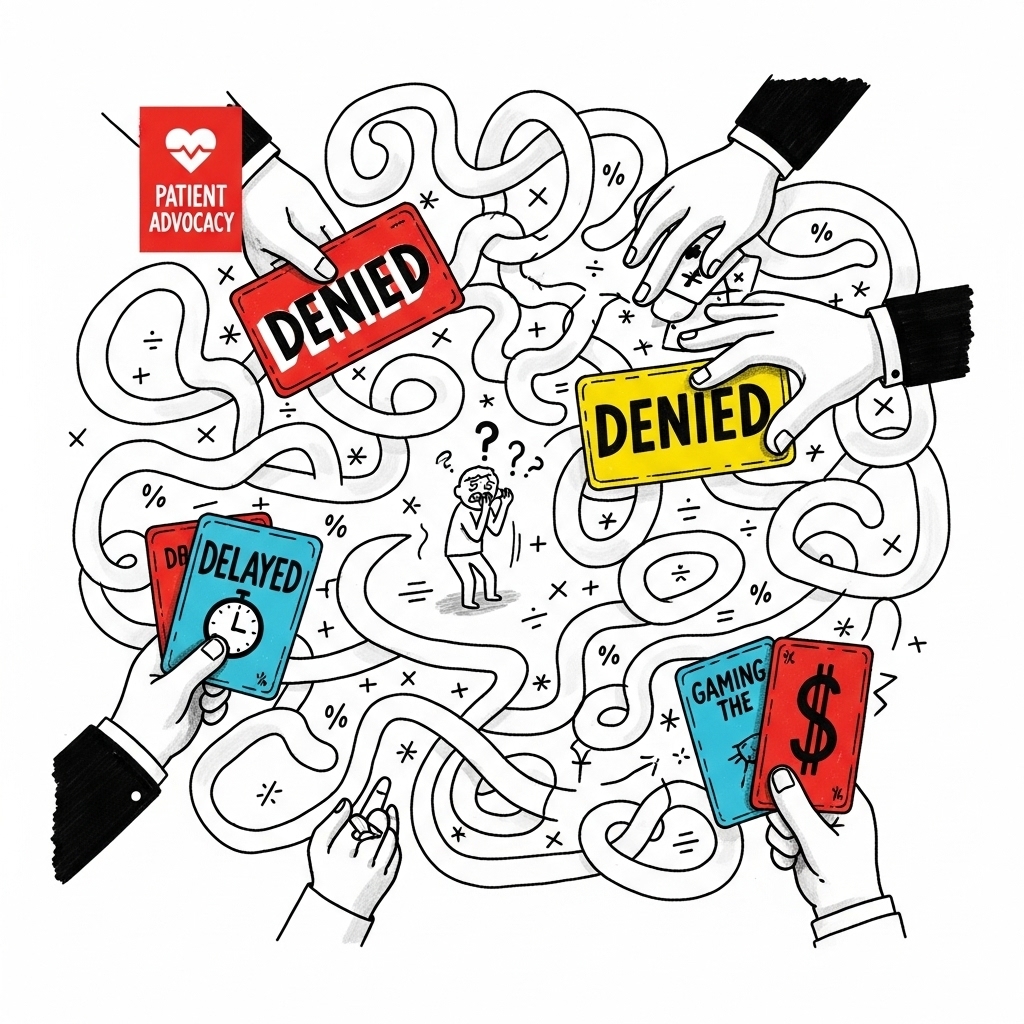
Why Benzodiazepines and Amphetamines Must Be Treated Like Opioids
Doug Jorgensen
February 3, 2025
Introduction: We’ve Seen This Movie Before
If the last two decades of the opioid epidemic taught us anything, it’s that complacency is a liability. The medical community—providers, institutions, and policymakers—ignored early warning signs. We saw drugs like oxycodone, hydrocodone, and morphine mass-prescribed under the illusion of therapeutic necessity, only to face a regulatory reckoning once lives were lost and headlines were written.
But now, a new crisis is emerging. And it’s disturbingly familiar.
Benzodiazepines and amphetamines—commonly prescribed for anxiety, insomnia, and ADHD—are being distributed with the same lax oversight we once applied to opioids. The difference? We can’t plead ignorance this time.
The Hidden Dangers of “Everyday” Controlled Substances
Benzodiazepines (like alprazolam/Xanax, lorazepam/Ativan, clonazepam/Klonopinand diazepam/Valium) and amphetamines (like Adderall, Vyvanse, and dextroamphetamine) are among the most prescribed and least monitored classes of controlled substances in the United States.
What’s often overlooked is that these medications:
- Are habit-forming and quick to induce dependence
- Have high street value and are frequently diverted
- Can result in life-threatening withdrawal symptoms—particularly with abrupt cessation
- Interact dangerously with alcohol, opioids, and other CNS depressants or stimulants
- Are often prescribed without proper monitoring, documentation, or patient agreements
In expert witness reviews of thousands of medical records, I have seen the same pattern repeat: providers trusting patients without verification, failing to check prescription monitoring programs, and skipping risk mitigation protocols. And each time, the result is the same—investigation, recoupment, or worse.
Primary Care and Psychiatry: The New Regulatory Bullseye
Contrary to popular belief, the biggest risk isn’t pain management clinics anymore. It’s everyday physicians in primary care and psychiatry. These providers write the lion’s share of prescriptions for benzos and stimulants, yet many do so without structured compliance protocols.
The problem isn’t ill intent—it’s normalization.
Doctors write for alprazolam or Adderall as part of routine care, often under pressure from patients, parents, or productivity metrics. But routine does not mean low-risk. From a regulatory standpoint, these drugs fall into the same legal category as morphine. That means the same scrutiny—and the same consequences—apply.
Risk Mitigation Isn’t Optional—It’s Ethical and Legal Protection
The providers who survived the opioid crackdown weren’t lucky—they were prepared. They had risk mitigation protocols in place. These same systems must now be applied to benzos and amphetamines:
- Prescription Monitoring Programs (PMPs): Check every prescribing event. No exceptions.
- Controlled Substance Agreements (CSAs): These outline patient obligations and your authority as the sole prescriber.
- Urine Drug Testing (UDT): Baseline and ongoing testing should be standard, with quarterly frequency for chronic users.
- Pill Counts: Randomized and documented, at least quarterly.
- Early Refill & Lost Medication Policies: Enforce them. Audit them. Document everything.
These protocols aren’t just CYA—they’re necessary tools for safe, responsible prescribing.
But They’re Just Kids… Right?
Some argue that risk mitigation in pediatrics or adolescent psychiatry is inappropriate or intrusive. But data—and courtroom experience—tell another story. These prescriptions are routinely diverted by peers, family members, or sold recreationally.
The “trust your patient” model is commendable in theory—but in today’s regulatory environment, it’s a liability. One lost tablet bottle, one complaint, or one overdose involving a patient on your panel could turn into a licensing board inquiry or DEA visit.
The Legal Landscape Is Shifting… Again
Federal agencies like the DEA and DOJ have already signaled increasing scrutiny of stimulant and benzo prescribing. Many of the same manufacturers, distributors, and pharmacy benefit managers involved in the opioid crisis are deeply entrenched in these markets too.
Just as morphine milligram equivalents became a regulatory benchmark, you can expect amphetamine dose ceilings and stricter utilization reviews to follow. The only question is whether you want to get ahead of it or become a case study.
A Final Word: What We Don’t Regulate, We Risk
Benzodiazepines and amphetamines are not the villains. Like all tools in medicine, they have a place when used appropriately. But unchecked prescribing, especially without proper documentation, opens the door to abuse, diversion, and professional jeopardy.
We don’t need another epidemic to act. The warning signs are here. And if we fail to apply the lessons learned from opioids, we’re not just negligent—we’re complicit.
About the Author
Douglas J. Jorgensen, DO, CPC, FAAO, FACOFP
Dr. Doug is a nationally recognized regulatory consultant, expert witness, and federal policy advisor specializing in medical billing, controlled substance compliance, and audit defense. He has conducted over 100,000 medical record audits, defended $25B+ in healthcare claims, and served as an expert for DOJ, DEA, CMS, and OIG cases.


